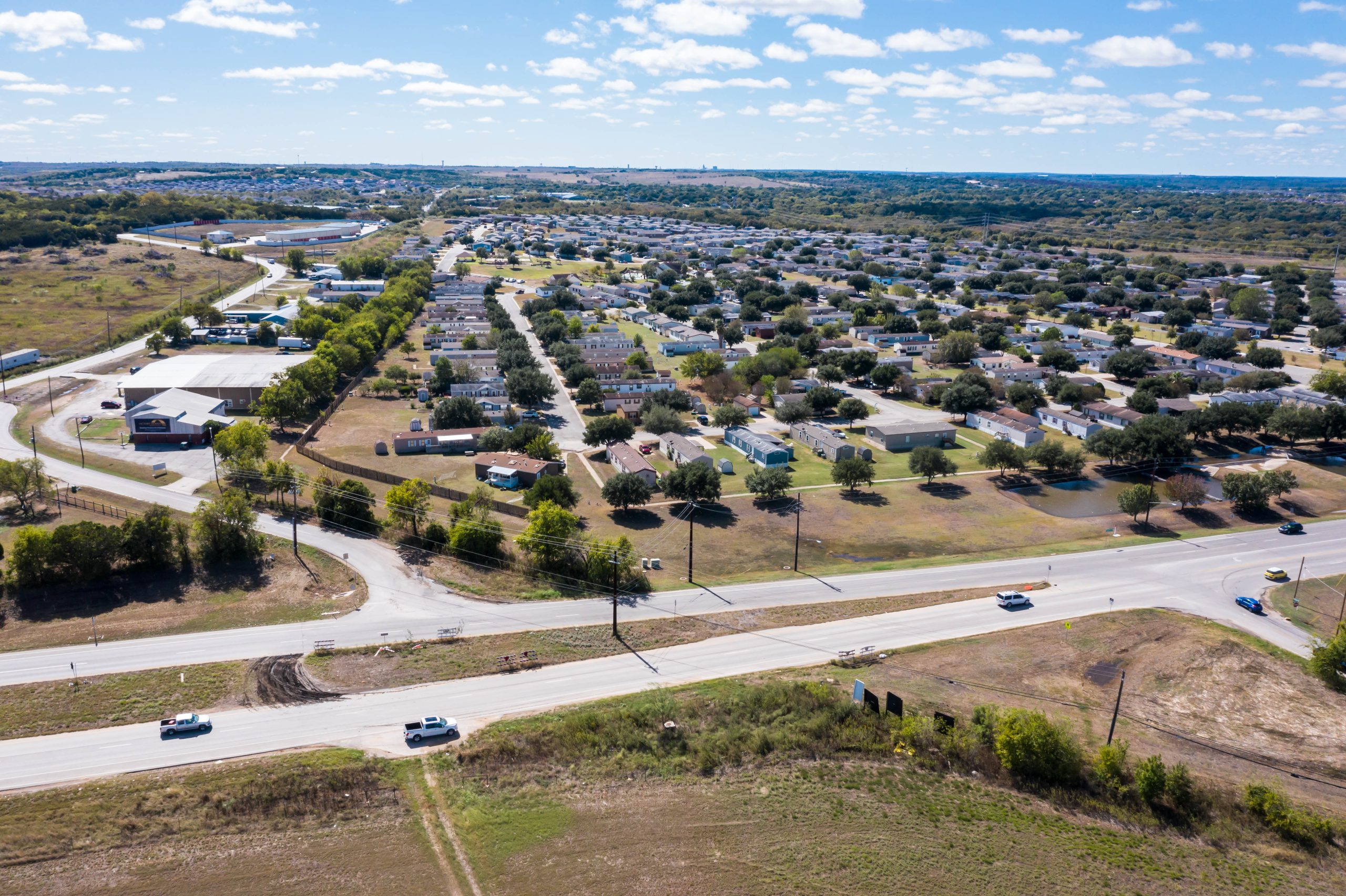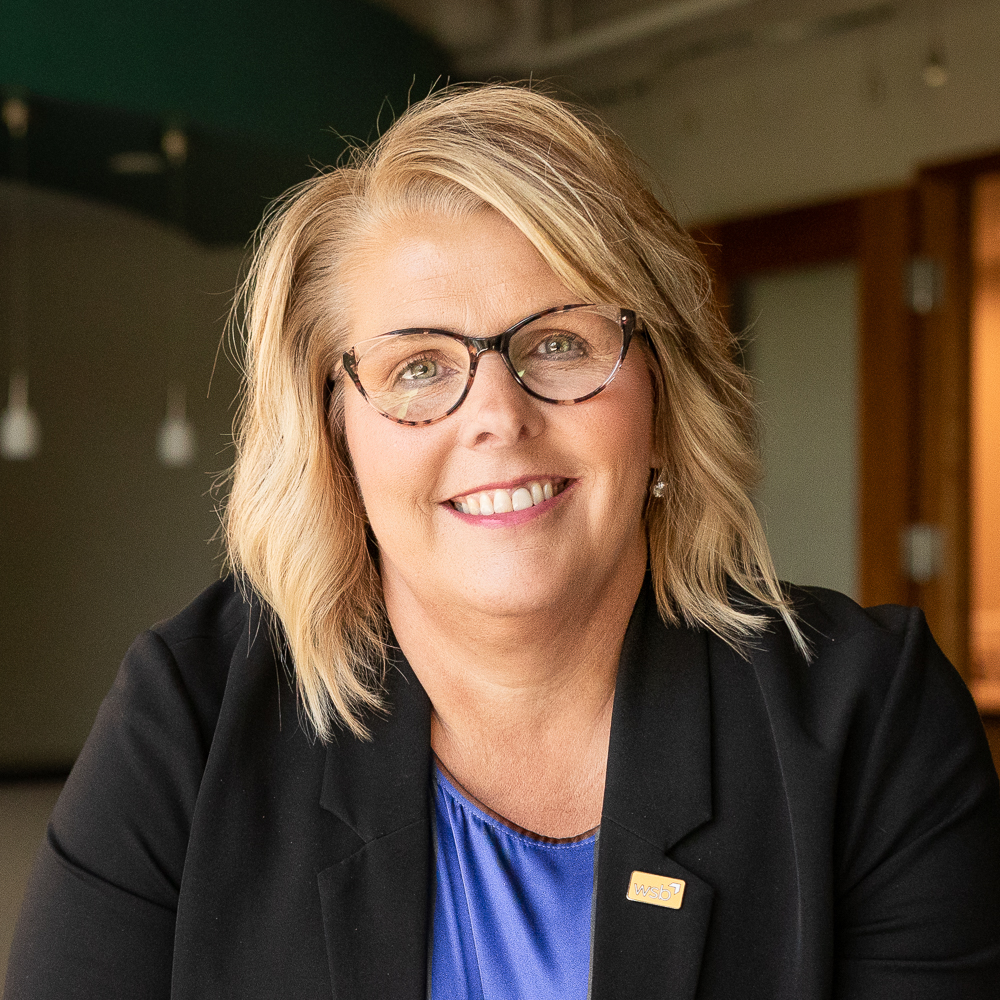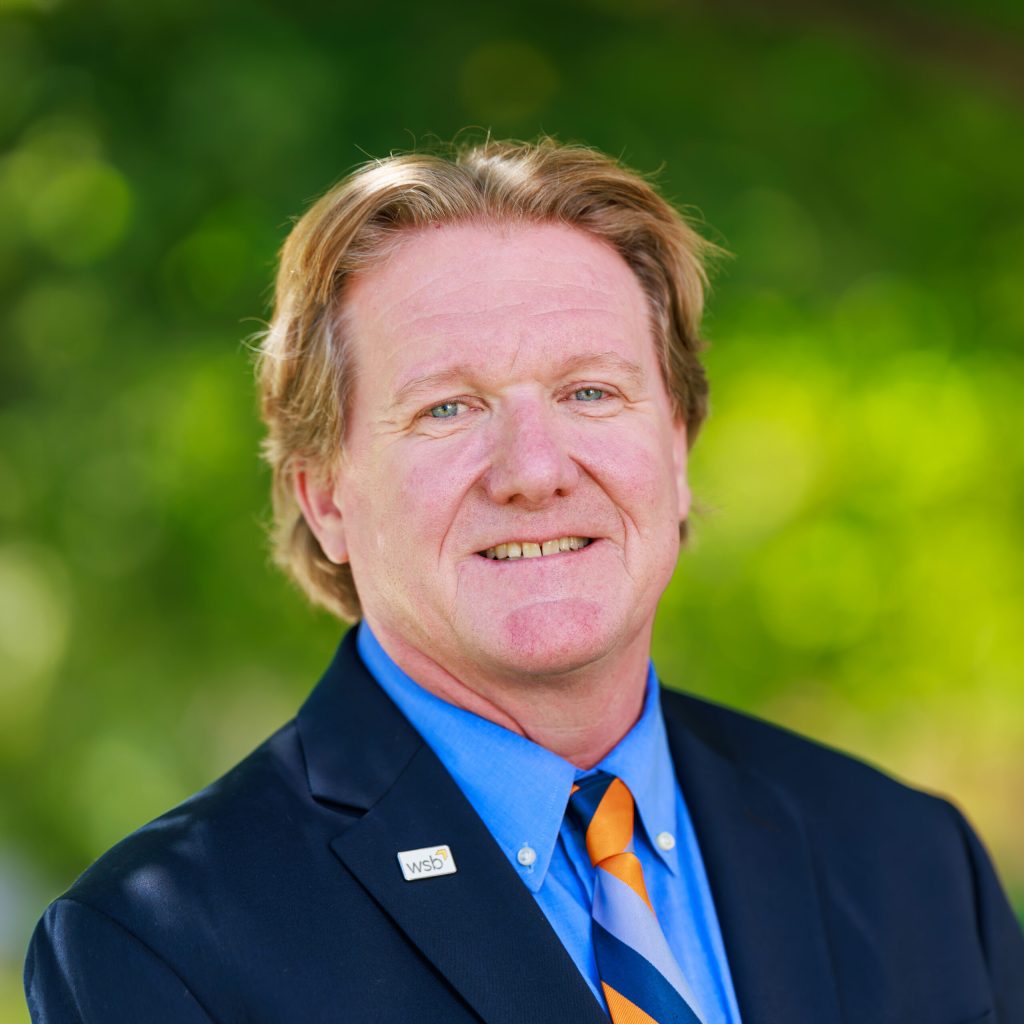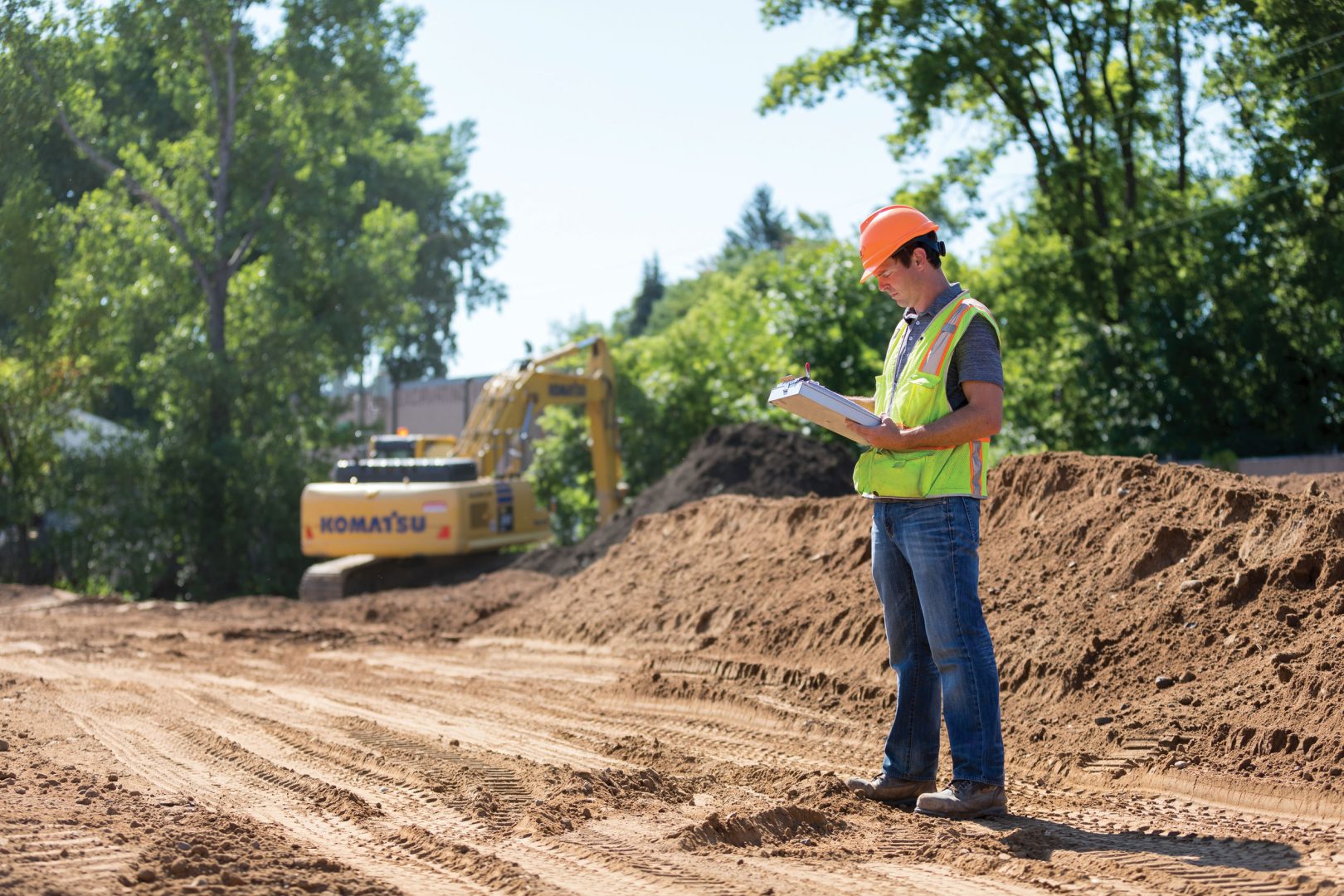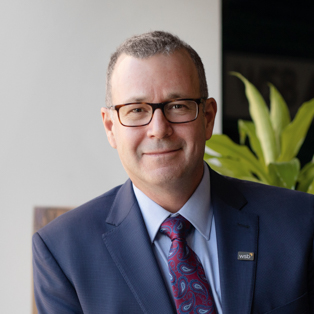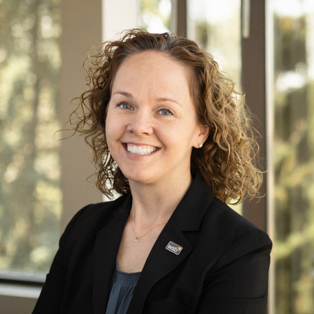January 11, 2023
By John Bradford, Sr Project Manager, WSB
From electronically monitoring water pumps to installing GPS trackers on city snowplows, many cities are embracing technologies and tools to become a smart city. Communities across the country are advancing initiatives that make their cities more efficient, while protecting resources and public dollars.
What opportunities are out there, and what does being a smart city mean? Let’s break it down.
What Does It Mean to Be a Smart City?
There is no one definition of smart city, but there are a few ways to approach the concept and adopt smart city initiatives that meet the needs of your community.
The first is to consider policies and tools that benefit the public. How can smart cities improve health metrics, the way that residents interact with one another, or best utilize community resources? There are numerous technologies and innovative ideas that can improve the lives of citizens and benefit overall public wellbeing.
The next area to think about is data systems, and how you can track information to improve the efficiency and life of equipment. Thorough asset management means understanding that infrastructure and equipment not only require preventative maintenance, but predictive management as well. New technologies can help cities understand when certain equipment needs to be repaired or adjusted, extending its life, and helping communities more effectively plan for capital improvements. Furthermore, for communities with sustainability plans, it’s important to understand how sustainability, asset management, and smart cities all connect.
Next, when thinking about smart cities, it is critical to map how using technology can more effectively utilize resources. For example, many northern cities are installing GPS tracking devices on city snowplows and making traffic light modifications that allow the plows to make it through green lights instead of having to stop. This improves the efficiency of snow removal, better utilizes community resources, and positively benefits public safety by clearing roads more quickly and effectively. Another example is having occupancy sensors installed at community parks and playgrounds to track usage and the best allocation of resources.
What it means to be a smart city can mean something different to each community, so it’s important to think about what works best for your community.
What are the Biggest Opportunities and Challenges?
Smart cities are the future, and can help communities save money, direct resources more efficiently, and better connect and communicate with residents. The opportunities are endless, so communities need to look at places where they can find the greatest value and potential.
But because there is no one definition of what a smart city means, many communities can feel pressure to do too much, or fail to see how the small technological investments and changes they are making fit into the big picture of a smart city.
Furthermore, as every community faces limited budgets and funding priorities, understanding where smart city investments make the most sense and will have the biggest impact is key. Also looking at opportunities to expand funding resources is critical. WSB helps many communities with identifying and applying for grants.
Where to Start?
Where do you start on the road to becoming a smart city? It’s important to think both big picture and in detail.
Start by defining your goals. Is it improving the efficiency of public works? Is it better communication with residents and the public? And how do these goals tie into your city’s larger strategic plan?
At WSB, we help communities navigate big ideas and in-depth planning. If you’re not sure where to start or have ideas, I encourage you to reach out for an exploration conversation. There are so many amazing new tools, technologies, and opportunities out there – and smart cities can help build a better future for all of us. Look to us this year to continue to share articles on the ways that technology can help improve your community.
John has worked in the private and public sectors for 29 years and has worked with the cities of Hopkins, Woodbury and Bloomington. His experience includes policy development, capital improvement planning, infrastructure planning, comprehensive planning, site master planning, facility expansion projects, and interagency partnership agreements, labor contract negotiations, and culture change management.
[email protected] | 952.210.8280

